Female responses to experimental removal of sexual selection components in Drosophila melanogaster
- PMID: 25406540
- PMCID: PMC4243381
- DOI: 10.1186/s12862-014-0239-3
Female responses to experimental removal of sexual selection components in Drosophila melanogaster
Abstract
Background: Despite the common assumption that multiple mating should in general be favored in males, but not in females, to date there is no consensus on the general impact of multiple mating on female fitness. Notably, very little is known about the genetic and physiological features underlying the female response to sexual selection pressures. By combining an experimental evolution approach with genomic techniques, we investigated the effects of single and multiple matings on female fecundity and gene expression. We experimentally manipulated the opportunity for mating in replicate populations of Drosophila melanogaster by removing components of sexual selection, with the aim of testing differences in short term post-mating effects of females evolved under different mating strategies.
Results: We show that monogamous females suffer decreased fecundity, a decrease that was partially recovered by experimentally reversing the selection pressure back to the ancestral state. The post-mating gene expression profiles of monogamous females differ significantly from promiscuous females, involving 9% of the genes tested (approximately 6% of total genes in D. melanogaster). These transcripts are active in several tissues, mainly ovaries, neural tissues and midgut, and are involved in metabolic processes, reproduction and signaling pathways.
Conclusions: Our results demonstrate how the female post-mating response can evolve under different mating systems, and provide novel insights into the genes targeted by sexual selection in females, by identifying a list of candidate genes responsible for the decrease in female fecundity in the absence of promiscuity.
Figures
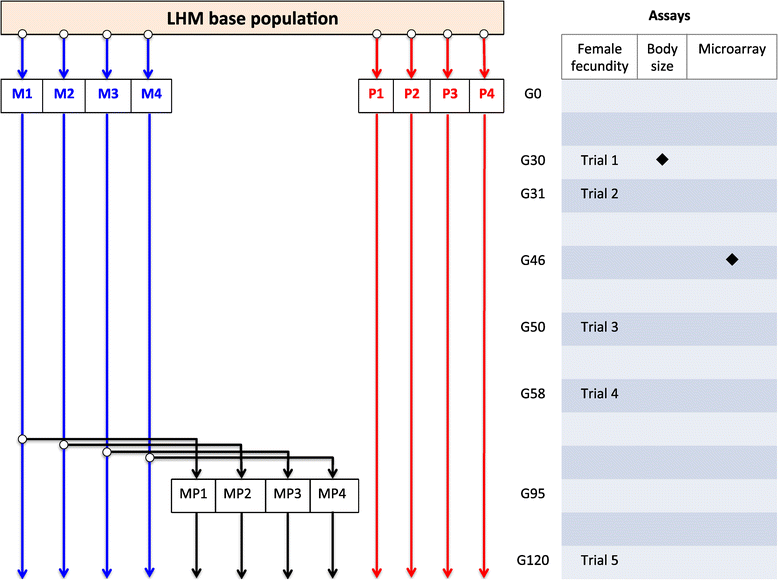
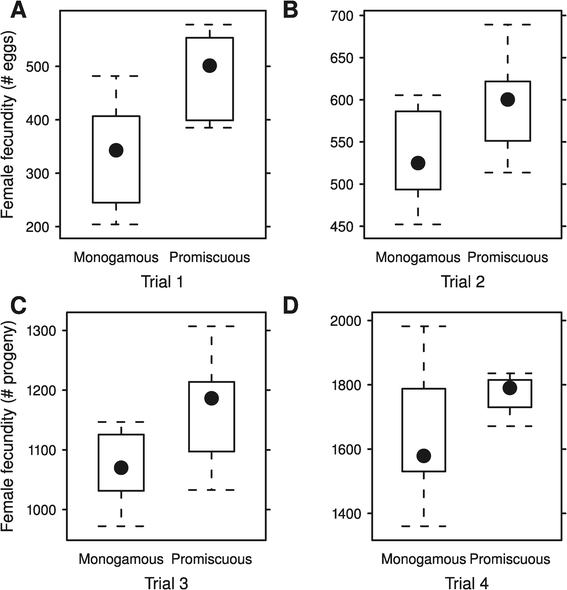
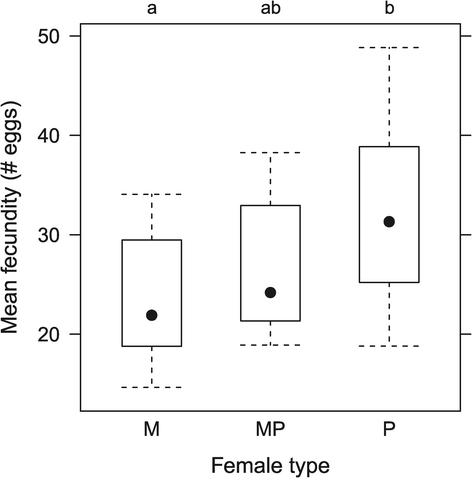
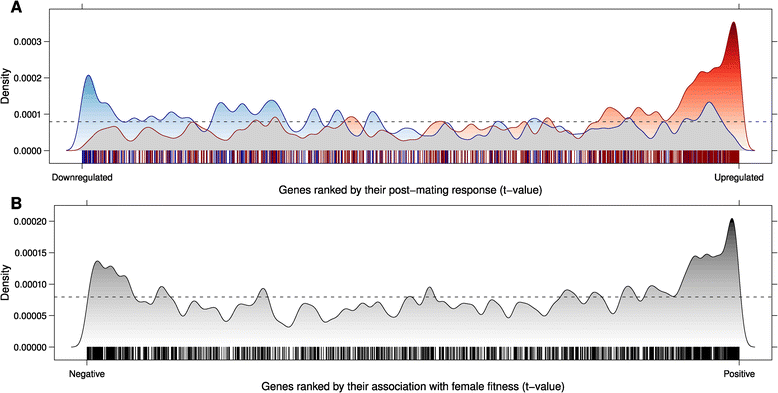
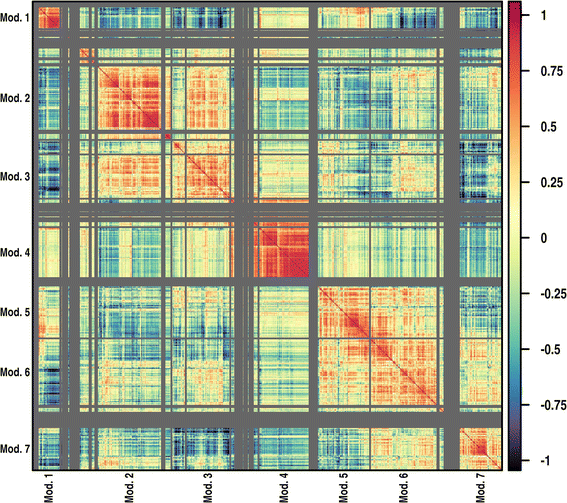
References
-
- Andersson M. Sexual Selection. Princeton: Princeton University Press; 1994.
-
- Birkhead T. Promiscuity: An Evolutionary History of Sperm Competition. Faber and Faber, London: Harvard University Press; 2000.
-
- Shuster SM, Wade MJ. Mating Systems and Strategies. Princeton: Princeton University Press; 2003.
-
- Jormalainen V, Merilaita S, Riihimäki J. Costs of intersexual conflict in the isopod Idotea baltica. J Evol Biol. 2001;14:763–772. doi: 10.1046/j.1420-9101.2001.00325.x. - DOI
-
- Wedell N, Kvarnemo C, Lessells CM, Tregenza T. Sexual conflict and life histories. Anim Behav. 2006;71:999–1011. doi: 10.1016/j.anbehav.2005.06.023. - DOI
Publication types
MeSH terms
LinkOut - more resources
Full Text Sources
Other Literature Sources
Molecular Biology Databases

